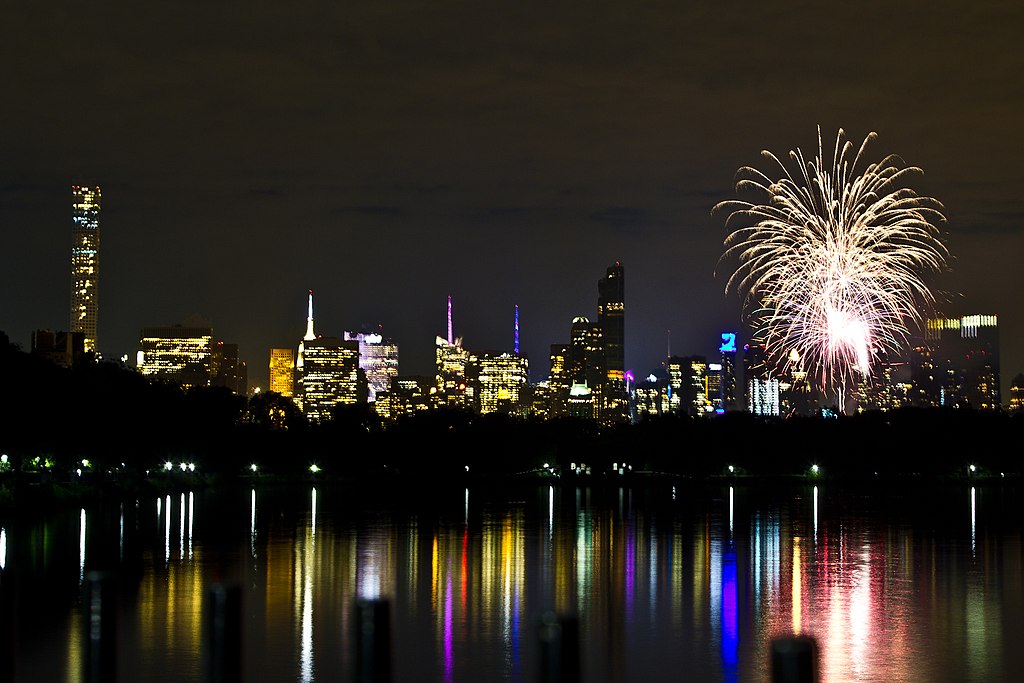New York City has canceled the New Year’s Eve fireworks shows in Prospect Park and Central Park due to the elevated risk of fire caused by the drought conditions that have gripped the city this fall. City Hall had already canceled firework permits in November after declaring a drought warning, concerned of the risk that a wayward spark could ignite dry grass or trees that have been dried out due to lack of rainfall. “Though hosting firework shows has long been a tradition in New York City’s parks,” said NYC Parks Commissioner Sue Donoghue, “the unprecedented number of brush fires we’ve seen devastate our green spaces over the past few weeks require us to make smart decisions to help keep our city safe.”
Plans have already been announced to replace the Prospect Park fireworks with a drone light-show. New York Road Runners, a non-profit running organization that usually shoots off fireworks on New Year’s Eve in Central Park along with hosting a four-mile run in its inner loop, said that the run will go on as scheduled while they consider other options for the festivities. The two other fireworks shows that traditionally take place on New Year’s Eve would be in Times Square and over New York Harbor in Staten Island, although it is not yet certain if these will be canceled as well.
Drought conditions experienced in New York this fall have reached historic proportions, as October was the driest month in the city’s history with virtually no measurable amount of rain, when New Yorkers can typically expect about 4.5 inches. The Fire Department fought more than 270 brush fires in a two-week period at the beginning of November, the most in the city’s history. Huge swathes of the Northeast were battling blazes over the same period, from Maryland to Massachusetts.
Rainfall has returned to the city over the past few weeks, with a downpour over Thanksgiving and some precipitation over the past two days. Still, the reservoirs that the city relies on for water are over 20 percent lower than their typical levels for this time of year. According to the National Oceanic and Atmospheric Administration’s Climate Prediction Center, drought conditions are forecast to persist through the end of the year.












